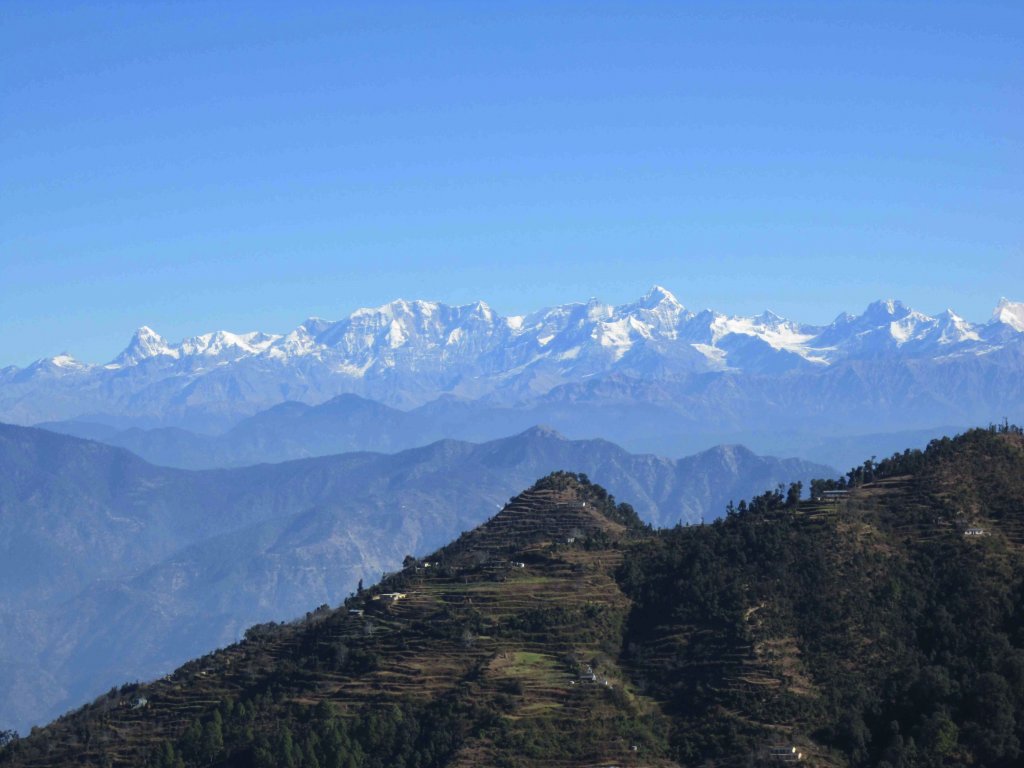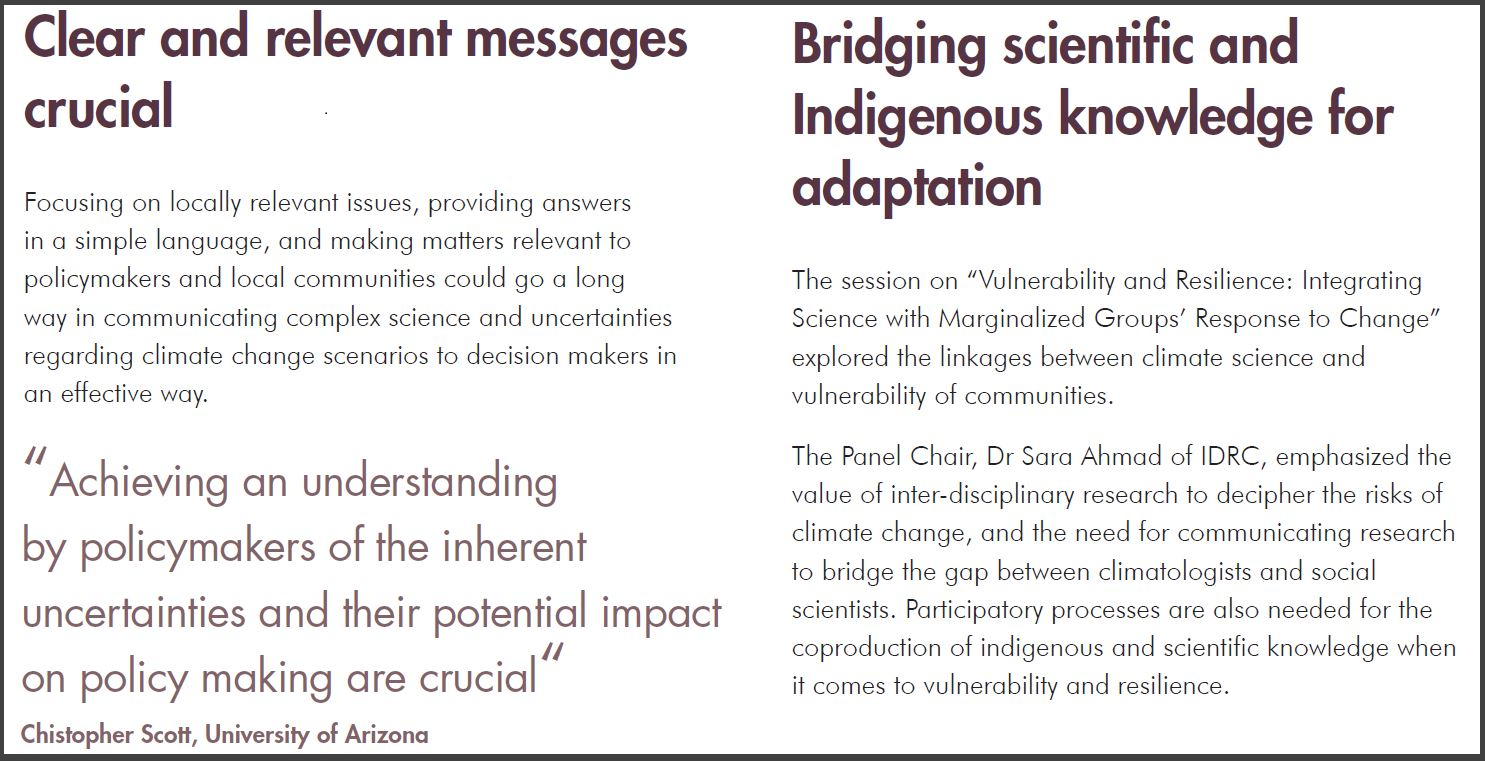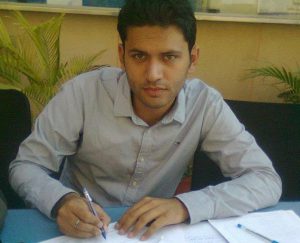 In early November 2014, after the retreat of the monsoon clouds had unveiled the Himalayan peaks in Nepal and to the west, in Uttarakhand state in India, I travelled to South Asia at the invitation of the International Centre for Integrated Mountain Development.
In early November 2014, after the retreat of the monsoon clouds had unveiled the Himalayan peaks in Nepal and to the west, in Uttarakhand state in India, I travelled to South Asia at the invitation of the International Centre for Integrated Mountain Development.
Focusing on water security in the Himalayas is an important aspect of the Asia component of the IWSN effort. And although the University of Arizona’s work on IWSN is primarily in Latin America, we are interested in comparisons, especially cross-montane ones relating to water security.
In Kathmandu, I had the opportunity to attend ‘Mountain People Adapting to Change: Solutions Beyond Boundaries Bridging Science, Policy, and Practice,’ a conference hosted by the International Centre for Integrated Mountain Development. Discussion of water and energy management, water security among South Asia’s nations, climate change and adaptation, plus policy solutions was a primary focus of the conference.
Together with colleagues – both old (from the 2001-05 years I spent in South Asia) and new (from links established by PhD student, Bhuwan Thapa, who is supported by IWSN) – I participated in numerous sessions and presented perspectives on policy and decision-support for water, climate, adaptation, and resilience. Also in attendance was IWSN External Advisory Board member Dr. Sara Ahmed of the International Development Research Centre’s (IDRC-Canada) office in New Delhi, India. As it turns out, both of us were featured in ICIMOD’s update on the conference:
Of course, the chance to informally exchange views with participants, including official delegates representing their countries, was invaluable to form a better understanding of water-security challenges in the region. Below are several excerpts from my discussions:
“Security of water and energy are intimately linked. Nepal has abundant river flow that can generate 42,000 MW for our own needs and a surplus that we can effectively negotiate for benefits sharing with our neighbors, principally India. In exchange, Nepal can benefit from investment in infrastructure.”
Dr. Ramesh Vaidya, Member (1996-2002), National Planning Commission, Government of Nepal
(During his tenure, the Alternative Energy Promotion Centre (1996) was established and he served
as its first Vice-Chairman on the Board. The Hydropower Development Policy of Nepal (2001)
and the Water Resources Strategy of Nepal (2002) were also prepared during his tenure
in the National Planning Commission). Currently: Senior Advisor, Water and Air,
International Centre for Integrated Mountain Development, Kathmandu, Nepal
“Extreme weather events like heavy rain leading to landslides and flooding are a regular feature of the Indian Himalayan region and pose a security risk to multiple sectors including the population, tourism, agriculture, etc. especially those lying in the vulnerable areas. My department is providing real-time weather forecasts and warnings along with advisories to decision-makers and general public who can use timely information to reduce/avoid adverse impacts of extreme weather events.”
Anand Sharma, Meteorological Centre, India Meteorological Department, Dehra Dun, Uttarakhand, India
“In Bhutan, three approaches to water security in a watershed context are inseparable: 1) human well-being and livelihoods, 2) cultural and spiritual values including traditional knowledge, and 3) ecosystem quality over the long term. The Dept. of Forest and Park Services that I head is the nodal agency for this integration.”
Chencho Norbu, Director General, Dept. of Forest and Park Services,
Ministry of Agriculture and Forests, Royal Government of Bhutan
Perspectives vary but the challenges are uncannily similar from South Asia to Southern Africa to Europe and to the Americas.
Further research on water security in the Himalayan region is planned by Jitender Taneja (right), pursuing an MPhil at Monash South Africa under IWSN support. Jitender and his advisor, Dr. Bimo Nkhata, have asked me co-supervise his research. And this led to opportunities on my visit to link with university, NGO, and government-agency partners in Uttarakhand, where we are pursuing additional work on hydropower, irrigation and livelihoods – all related to the water security theme.


